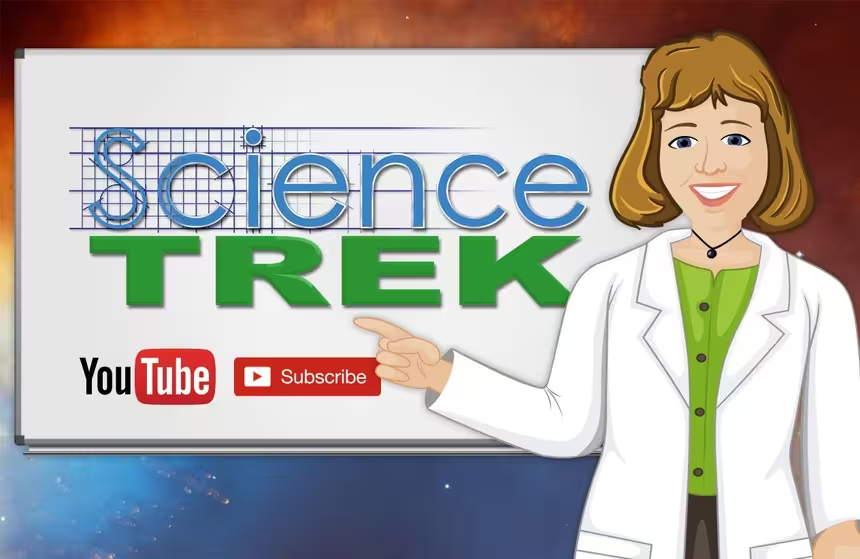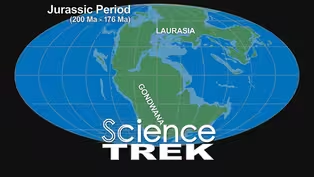
Dinosaurs: Hips
Clip: Special | 1m 4sVideo has Closed Captions
Look to the hips to classify dinosaurs.
Dinosaurs can be divided into two groups based on a type of bone...the hip.
Problems playing video? | Closed Captioning Feedback
Problems playing video? | Closed Captioning Feedback
Science Trek is a local public television program presented by IdahoPTV
Major Funding by the Laura Moore Cunningham Foundation and the Idaho National Laboratory. Additional Funding by the Friends of Idaho Public Television and the Corporation for Public Broadcasting.

Dinosaurs: Hips
Clip: Special | 1m 4sVideo has Closed Captions
Dinosaurs can be divided into two groups based on a type of bone...the hip.
Problems playing video? | Closed Captioning Feedback
How to Watch Science Trek
Science Trek is available to stream on pbs.org and the free PBS App, available on iPhone, Apple TV, Android TV, Android smartphones, Amazon Fire TV, Amazon Fire Tablet, Roku, Samsung Smart TV, and Vizio.

Science Trek
Science Trek is a place where parents, kids, and educators can watch short, educational videos on a variety of science topics. Every Monday Science Trek releases a new video that introduces children to math, science, technology, engineering, and math (STEM) career potentials in a fun, informative way.[MUSIC] Joan Cartan-Hansen,Host: Dinosaurs can be split into two groups based on their hips.
Saurischians or lizard-hipped dinosaurs have a pair of hip bones that pointed forward or down.
They include meat-eating theropods like Allosaurus and some plant-eaters like Diplodocus.
Ornithischians or bird-hipped dinosaurs had two pairs of hip bones pointing backwards.
They were all plant eaters.
Scientists think birds evolved from lizard-hipped dinosaurs rather than bird-hipped dinosaurs.
But new research thinks there may be other ties.
Sometimes, new discoveries test old ideas.
In 1854, a life-sized sculpture of an iguanodon went on display.
The dinosaur had a horn on the tip of its nose.
Scientists now think the horn was actually a misplaced thumb bone.
Check out the science trek website for more information about this and all our science topics for kids.
You'll find it at ScienceTrek.org [MUSIC]
Dinosaurs: Plates and What We Don't Know
Video has Closed Captions
Clip: Special | 1m 4s | How has the Earth changed since the time of dinosaurs? (1m 4s)
Providing Support for PBS.org
Learn Moreabout PBS online sponsorship
- Science and Nature

Capturing the splendor of the natural world, from the African plains to the Antarctic ice.

- Science and Nature

Explore scientific discoveries on television's most acclaimed science documentary series.












Support for PBS provided by:
Science Trek is a local public television program presented by IdahoPTV
Major Funding by the Laura Moore Cunningham Foundation and the Idaho National Laboratory. Additional Funding by the Friends of Idaho Public Television and the Corporation for Public Broadcasting.
